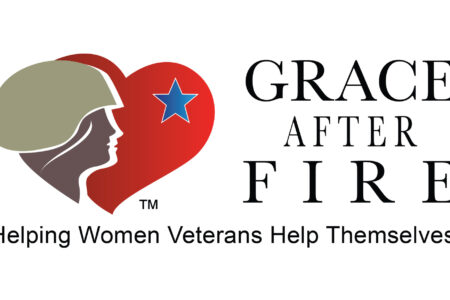Share On Social!
Diana Centeno knows kids exposed to traumatic events don’t get the support they need at school.
Doug Greene knows police come across kids at crime scenes but feel unable to help them cope.
So, they teamed up to start a project where patrol officers send a notification to the district if a child was present at a traumatic incident, enabling monitoring and support for the child.
Centeno, a student support leader at San Antonio Independent School District (SAISD), is passionate about providing wrap-around, social-emotional services, particularly for children facing adverse childhood experiences (ACEs). Kids exposed to ACEs often act out in class, miss school, and fall behind, increasing their risk of dropping out, getting into criminal activities, and suffering from poor health.
Greene, an officer with the San Antonio Police Department (SAPD), is concerned about how exposure to traumatic events during childhood impacts future criminal activity.
“Police are parents, too,” Greene said.
Centeno and Greene had worked together for years to bring positive role models, like police officers, to three at-risk elementary school campuses in SAISD.
When Centeno learned about the West Virginia’s novel police-school notification program, she asked Greene if they could try it.
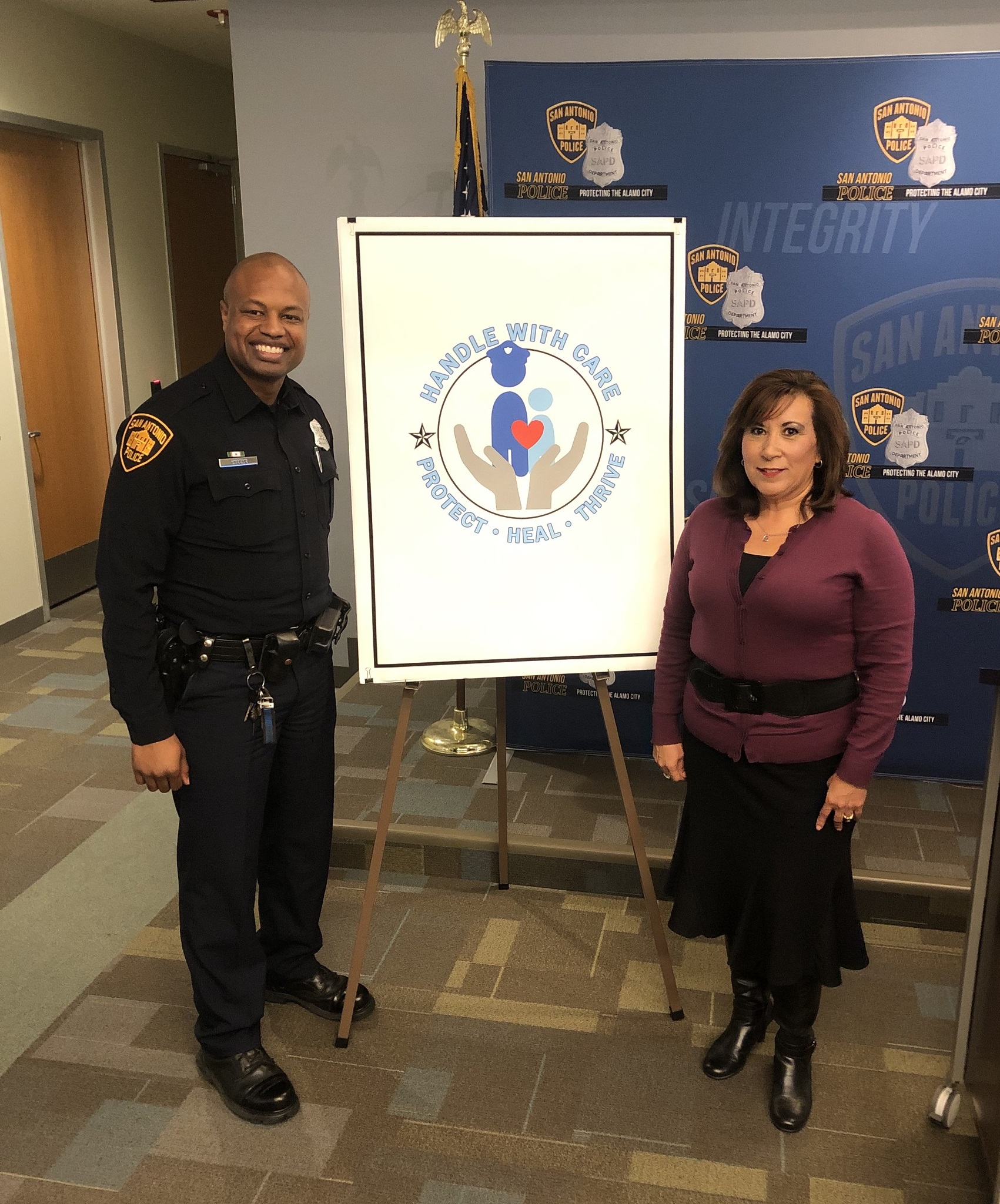
After much discussion and brainstorming, they decided to pilot the program in one of the department’s six patrol areas. They selected East Patrol because the service area overlaps two other school districts, Northeast ISD (NEISD) and East Central ISD (ECISD).
They reached out to Tyler Shoesmith at Northeast ISD and John Hernandez at East Central ISD.
In January 2019, all three districts launched “Handle With Care.”
Update 8/26/19: Download our free Handle With Care Action Pack to help you start Handle With Care in your community.
Update 4/7/20: See how San Antonio adapted its Handle With Care program amid COVID-19!
Trauma among Children in San Antonio
In 2016, SAPD responded to 10,754 violent crimes—homicide, rape, robbery, and aggravated assault. In addition, San Antonio traffic deaths jumped to 198 from 157 the previous year, and for each fatal crash, there are six serious injury crashes and 67 possible injury crashes, according to state data.
Children were often present and exposed to these traumatic events.
After all, 40% of households in San Antonio have children younger than 18.
Patrol officers respond to situations where homes are so broken they don’t know how to help beyond paying out of pocket for the child(ren)’s next meal, Greene said.
In Bexar County, the number of women killed by a domestic partner more than tripled from five in 2014 to 18 in 2017, leaving behind 19 children, many of whom saw the murder take place, according to the 2017 Honoring Texas Victim Report.
Nationwide, of children exposed to intimate partner violence, 90% saw the violence, as opposed to hearing it or other indirect forms of exposure.
Being a victim of or witnessing violence between one’s parents or caretakers increases risk of perpetuating or becoming a victim of violence in the future.
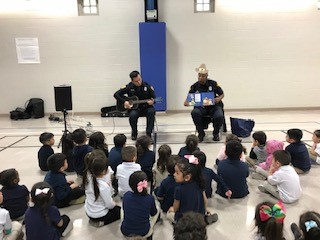
“We can’t arrest all of our problems away,” Greene said. “I know that the impact that’s had on these kids at an early age and what they experience could put them on the wrong side of the law or the right side of the law as they get older.”
Shoesmith, who left his career in law enforcement to become an educator 17 years ago, agrees.
“People aren’t prewired for criminal activity,” said Shoesmith. “It’s the ACEs that caused them to go that route. It’s not one day, it’s a compound of experiences. It’s long game.”
“I got tired of putting people in prison, and I wanted to get in front of them before it got to that point.”
Centeno felt the same. She was a probation officer for seven years before leaving to teach second grade.
“I would see kids come with the family to drop off personal belongings to inmates and realized I needed to educate them and break these vicious cycles,” Centeno said.
Trauma impacts a child’s brain and body. It undermines a child’s ability to learn, build relationships, and contribute in the classroom.
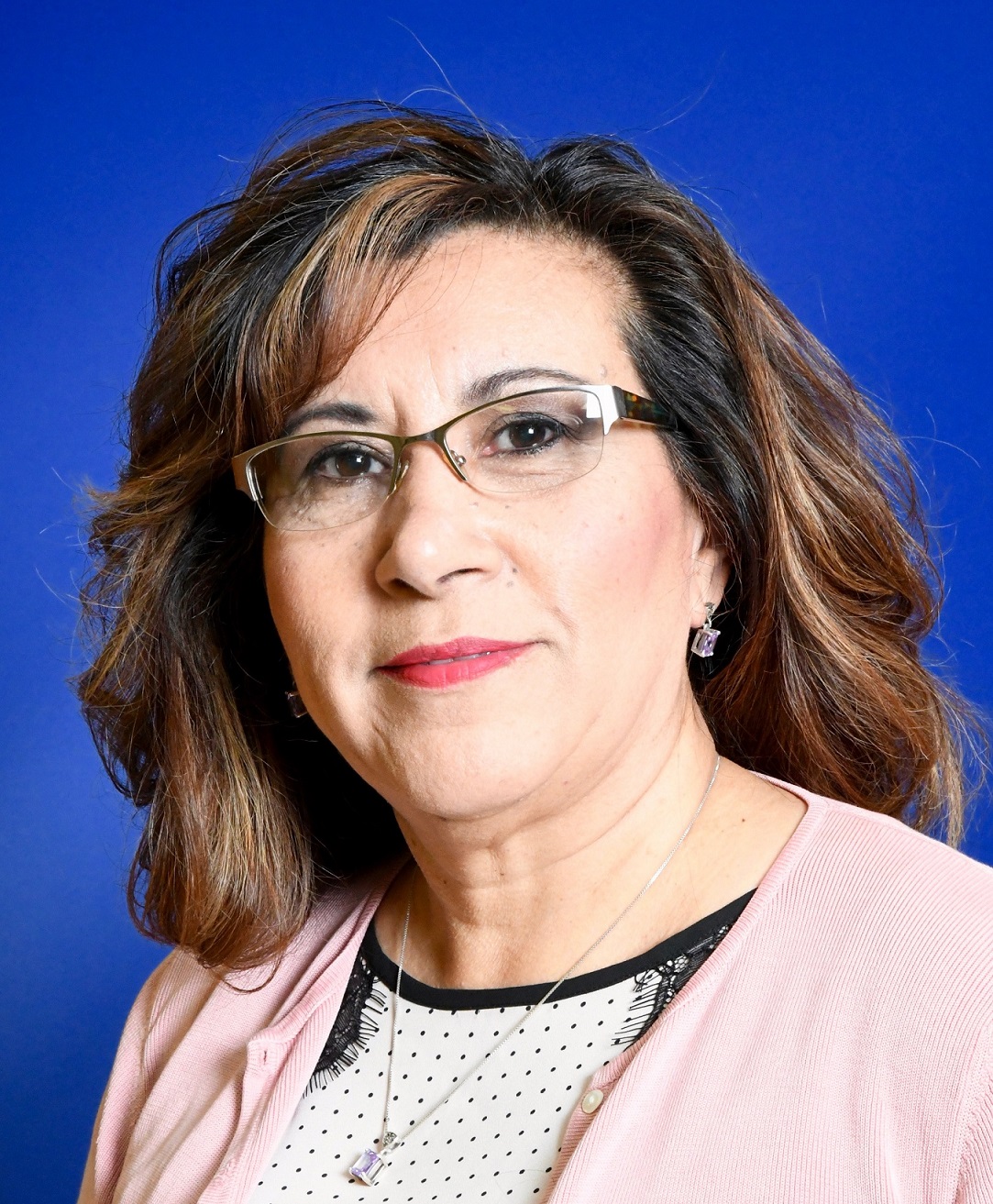
Beyond crime, police also respond to and children also witness traumatic events on roadways.
For each fatal crash in San Antonio—there were 198 in 2016—are six serious injury crashes and 67 possible injury crashes, according to 2017 data from the Texas Department of Transportation.
We cannot expect kids to learn and thrive in school when they are dealing with traumatic experiences, and we cannot expect teachers to be proactive instead of reactive when they don’t know if something happened the night before, Centeno said.
Schools Don’t Know
At school, teachers and other school staff have no way of knowing what kinds of trauma their students may have experienced the previous day.
They may not be prepared to respond.
“Often times when our students lash out or their behavior is negative, it ends up in a disciplinary referral without ever learning what may have happened the night before,” Centeno said. “The best teachers can use every trick in the hat, but can’t connect with student because more stuff is going on outside of school. We need to address the whole child, not just academic piece.”
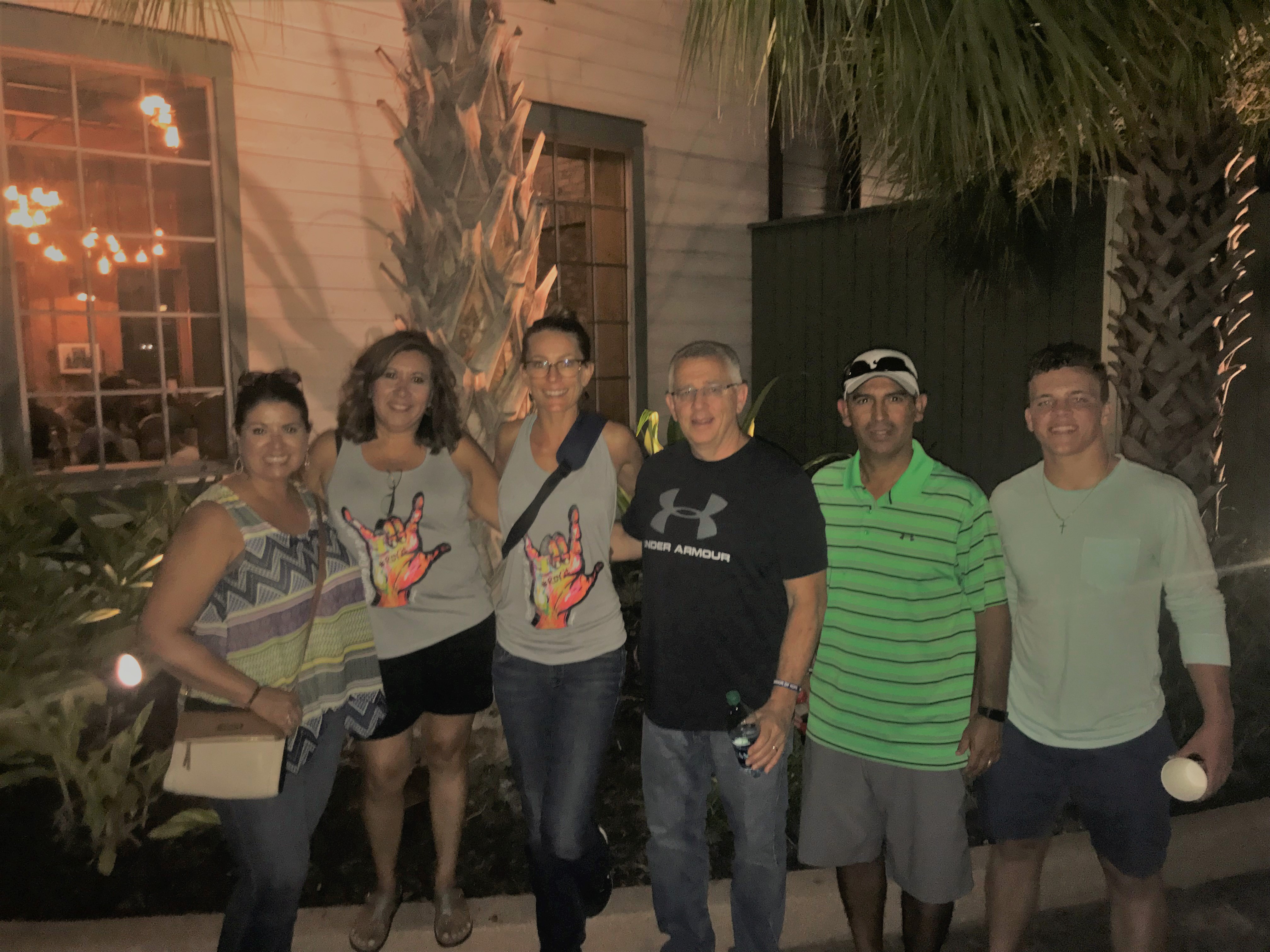
John Hernandez agrees.
Hernandez, director of student services at East Central ISD, and his team have created a trauma-sensitive tracking system and have implemented numerous steps for school trauma-sensitivity.
“What if a kid falls asleep in class because they were awake until 4 a.m. because police responded to a domestic call at their home,” John Hernandez questioned. “We have no way of knowing before we react to a sleepy kiddo.”
ECISD Superintendent Roland Toscano noted trauma can manifest over time.
“A child may display negative behavior for a few months after an incident, but we may never know what happened because there wasn’t a mechanism for communication,” Toscano said.
Shoesmith made a great analogy.
“These traumas are things students have in their backpack and we don’t know,” he said. “We only see their behavior.”
He said after a traumatic event, some students may have an “adrenaline dump” and stay up late into the night. They will be sleepy, miss breakfast, and forget their homework.
“If we don’t know how can be bring in support and emotional care?” he asked.
Centeno also sees many kids come in with “baggage of trauma.”
“If a student is having a meltdown or is sleepy, maybe we just need to be more compassionate to the student needs versus being reactive and sending them to the office for disciplinary needs,” she said.
“It would help us better help them if we knew.”
That’s when Centeno heard about “Handle with Care” in West Virginia, where police officers notify schools if they encounter a school-age child at an incident.
Centeno checked out the website.
“Handle with Care”
“Handle with Care” was first piloted at an underperforming, low-income elementary school in Charleston, West Va., in 2013, to help traumatized children learn and thrive.
Police were trained to identify children at the scene, find out where they go to school or daycare, and send the school/agency a confidential email or fax.
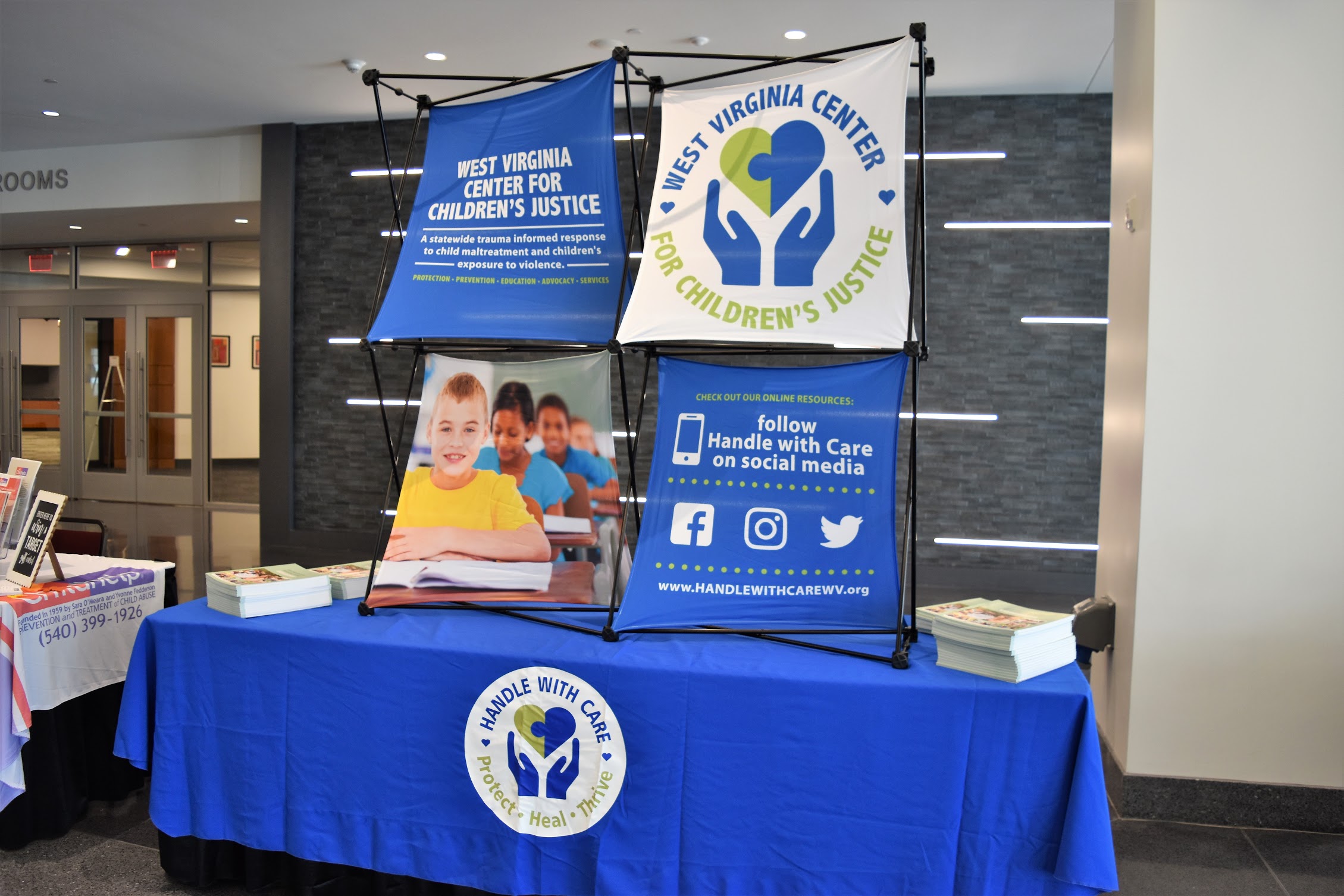
Schools were trained on the impact of trauma on learning and how to incorporate interventions to mitigate the negative impact of trauma. This meant sending students to the clinic to rest, re-teaching lessons, postponing testing, and referrals to counseling and other services.
This notification program supports children exposed to trauma and violence through improved communication and collaboration between law enforcement and schools.
“Regardless of the source of trauma, the common thread for effective intervention is the school or child care agency,” the website states.
In August 2018, Centeno called Greene to discuss piloting the program in San Antonio.
“I would have never felt comfortable to reach out to Officer Greene, but because I already had that relationship, it was an easy and informal conversation,” Centeno said. “It’s important to have people to bounce ideas like this off of, even if they don’t work.”
Police Can Help Kids and Schools
Greene thought Centeno’s idea would be great for the community.
“We handle these calls on a daily basis,” Greene said. “If a child lost a family member to homicide or car accident, that is devastating, and the school might not know.”
However, he was concerned about creating more work for officers.
“This is going to directly affect the patrol officers and they already have a lot of duties, policies and paperwork,” Greene said. “If we were going to add another thing for them to do, I wanted it to be as simple as possible.”
He was also concerned about confidentiality.
Greene called the West Virginia Defending Childhood Initiative to learn more. He realized how simple and straight-forward Handle with Care is for law enforcement.
A patrol officer only asks the child’s name, age, and school to send a notification to the school.
The notification would simply say, “Handle With Care.”
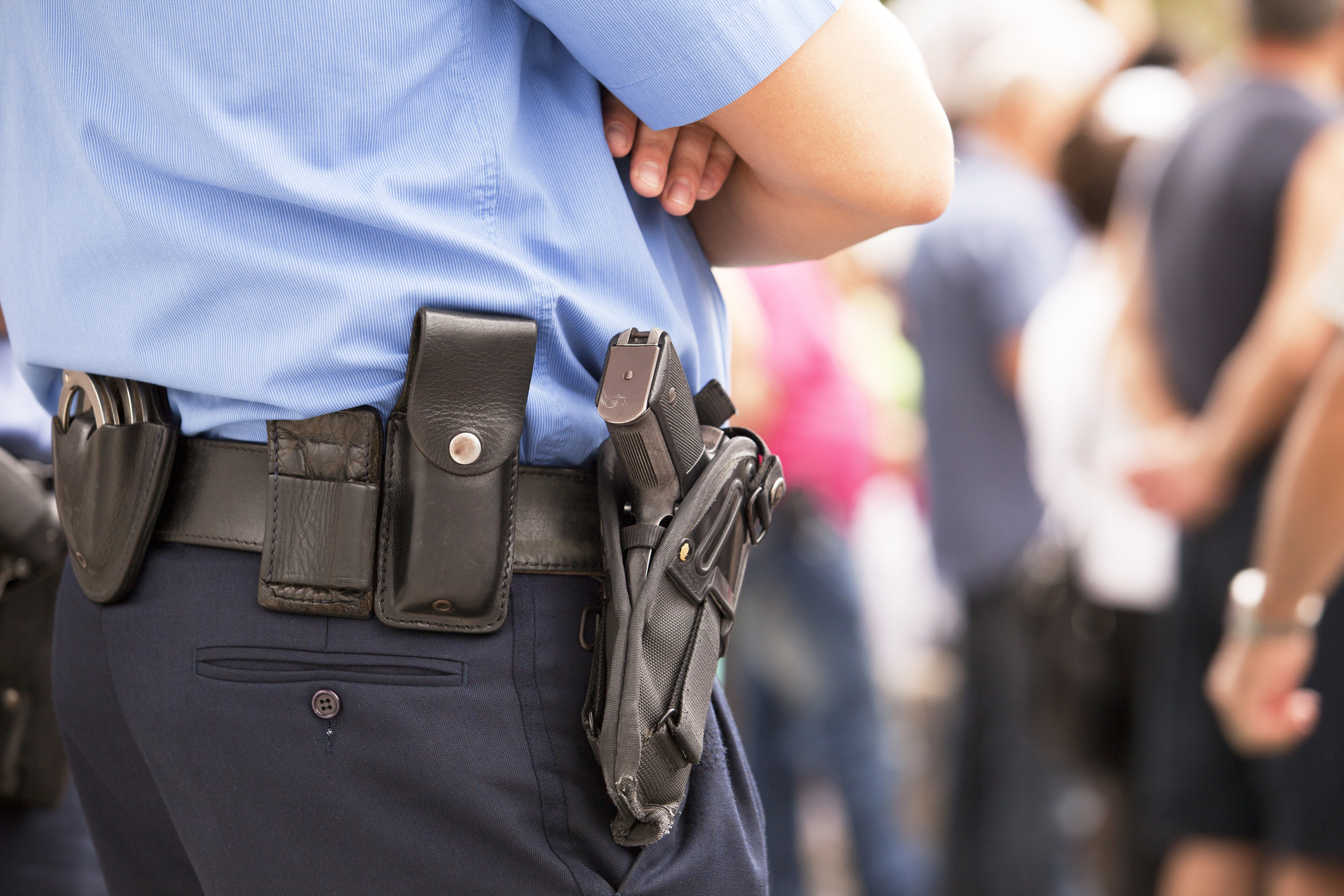
Just three words.
He decided to pitch it to SAPD.
He called patrol officers, sergeants, lieutenants, captains, and the chief’s office to ask what they thought.
They said, “Yes.”
He wrote up an interoffice describing the program and sent it up the ranks to Chief of Police William McManus, who approved it.
However, unlike West Virginia Defending Childhood Initiative, where the entire state has only one school district, San Antonio has 12.
They decided to pilot the program in SAPD’s East Patrol Unit because the service area overlaps three school districts, including eight of 10 schools at ECISD, 12 of 68 schools at NEISD and, 28 of 95 schools at SAISD.
“Life for that child does not stop once the officer leaves the scene,” McManus said. “That child has the challenge of dealing with their current circumstances while trying to learn and thrive in school.”
Creating the Notification System
Whenever SAPD encounters a child on a traumatic call, such as domestic violence or drugs, or during normal investigation, one patrol officer will ask the child for three pieces of information: name, age, and school and send this information to the distribution email with the subject “Handle With Care.”
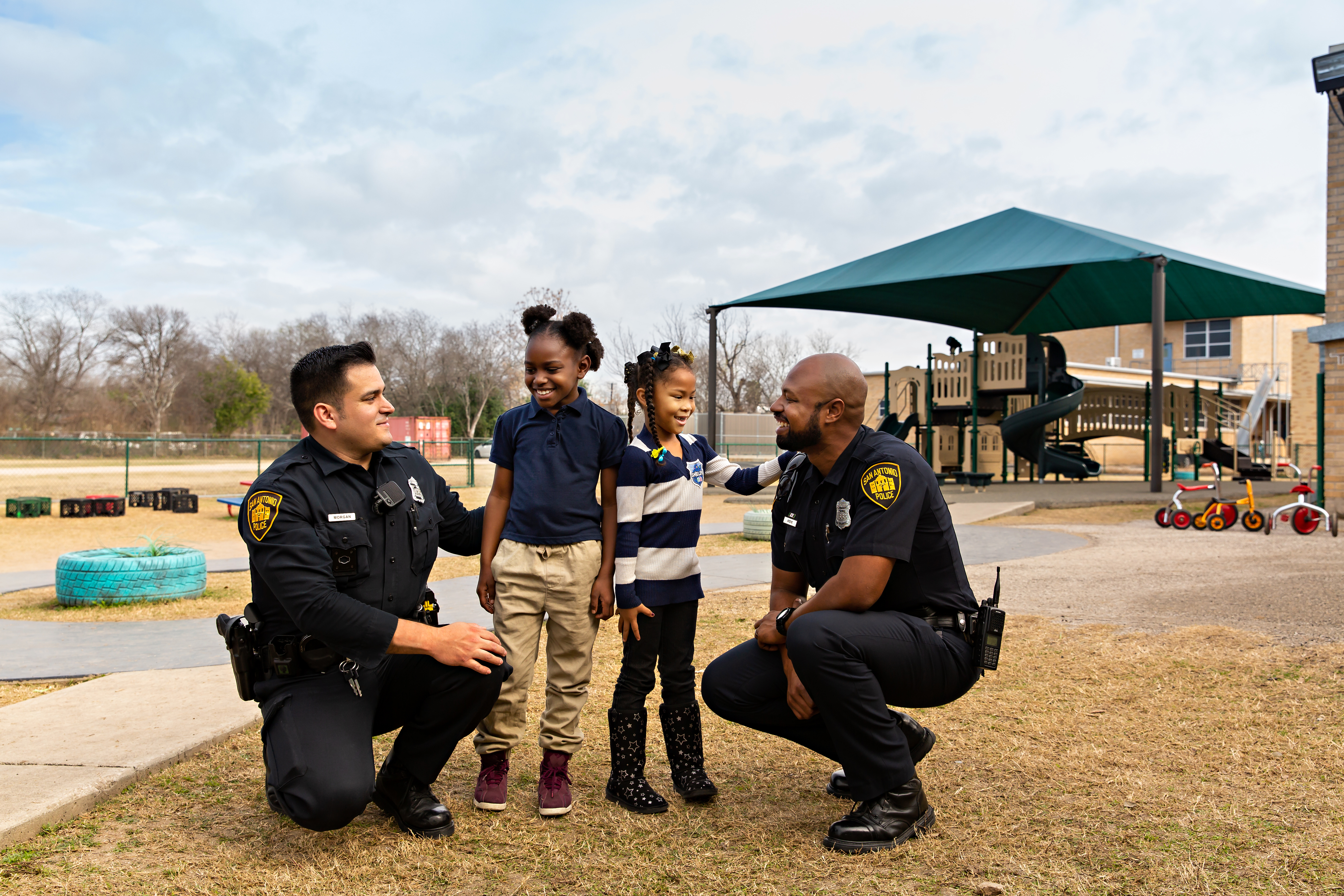
Officers can also get on the radio to contact the dispatcher and the dispatcher will send the email notification.
The email notification goes to Centeno, Shoesmith, Hernandez, a second point of contact for each district, Region 20, and Officer Greene.
“We made it easy for patrol officers,” Hernandez said. “Send it to us and we will send it to the right school.”
Officers also will indicate the notification in their police report.
SAPD created an internal video created in the media services department of what is required of them, and made small cards to keep in their duty bags.
How would the three districts respond to the notifications?
Each district created their own distribution email account and response protocol for the notifications they receive from SAPD. ECISD, for example, set up the email account to go to Hernandez and the social worker and staff in the office of social services as well as the transportation director and nurse director. Someone in Hernandez’s office alerts the campus principal, assistant principal and counselor, who then alert the teacher. Additionally, the transportation director alerts the bus driver and the nurse director alerts the campus nurse.
Each district also created their own approach to train staff.
Handle with Care at SAISD
To train SAISD staff, Centeno used trauma-informed e-learning modules created by UT Health San Antonio UT Teen Health.
As previous teen parent director, Centeno had been partnering with UT Teen Health for years.
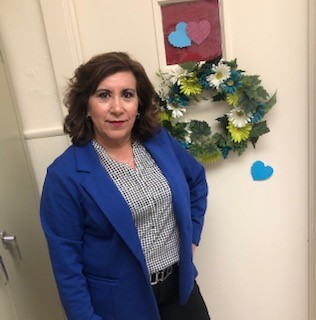 In fact, in 2018, Centeno finalized a memorandum of understanding with a teen clinic and an alternative high school to shuttle students seeking medical and mental health services.
In fact, in 2018, Centeno finalized a memorandum of understanding with a teen clinic and an alternative high school to shuttle students seeking medical and mental health services.
“We need to provide wrap-around support so students are successful, not just academically, but mentally, physically, and socially,” Centeno said.
During an informal conversation, she learned that the UT Teen Health team was creating a series of online trauma-informed modules to be available for free.
Staff at participating SAISD campuses complete the courses and receive a badge for professional development.
“Handle with Care was the perfect opportunity to learn if something is going on at home so we can better support kids in the school environment,” Centeno said.
Handle with Care at NEISD
NEISD didn’t have any trauma-informed training resources, so Shoesmith used free videos available through the Office for Victims of Crime.
He and his team went to faculty meetings at each participating campus to do a 20-minute presentation about the program, what to expect, what notification emails look like, and what you do and don’t do.
For example:
- don’t interrogate the child.
- don’t investigate the crime.
- don’t call the child’s home.
- don’t worry.
“The kid is in the safest place now,” Shoesmith said. “They have two meals, plus any snacks in the teacher’s drawer, a nurse, counselors, security officers, and supportive administration.”
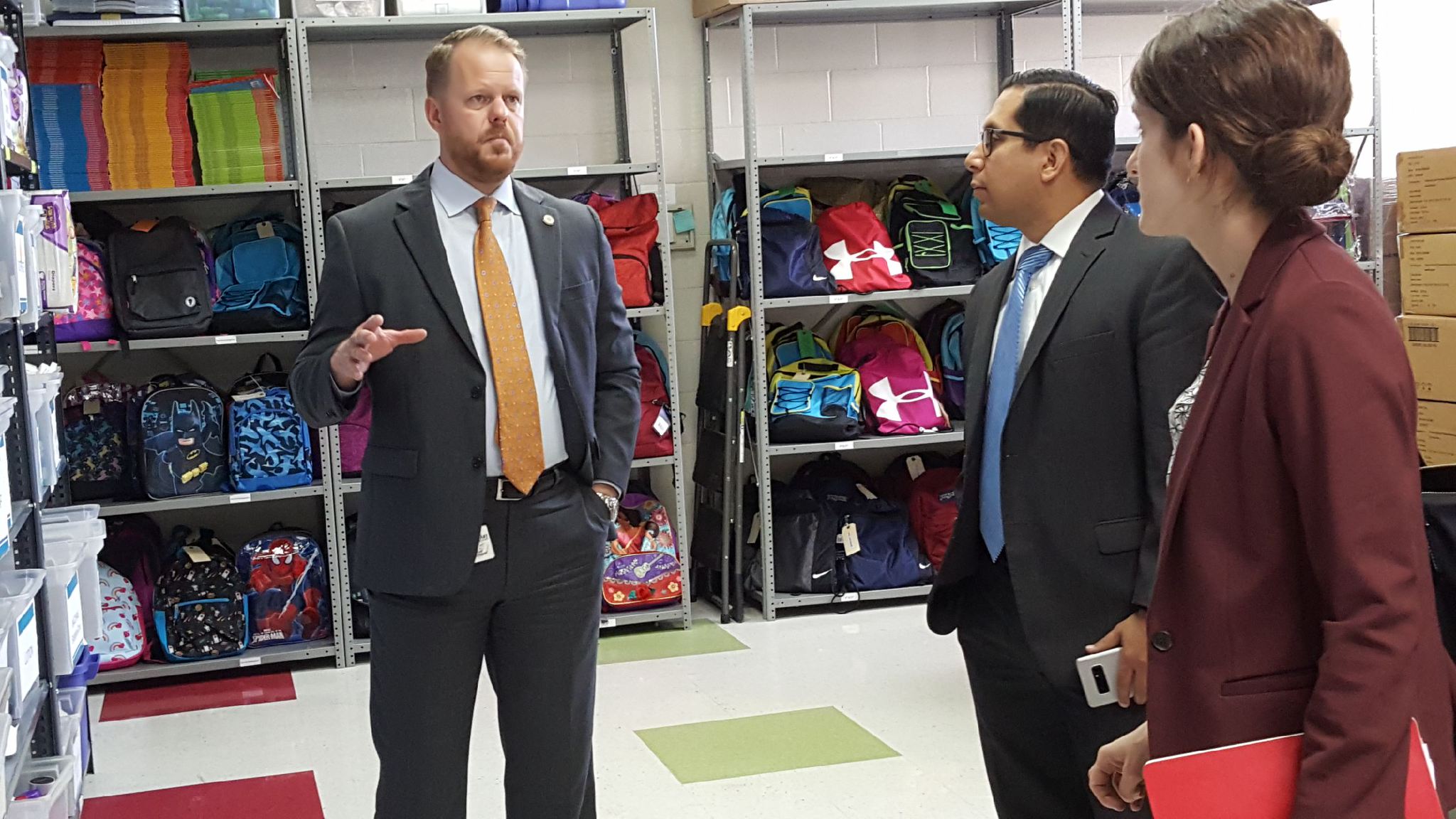
He also trained staff on trauma sensitive interventions to use as needed, such as sending the child to the nurse’s office to sleep or giving the child an extra day or two to submit an assignment or take a test.
“It’s not all hands-on deck for every kid,” Shoesmith said. “Teachers monitor demeanor behavior in classroom and escalate as needed, maybe referring to the counselor who then determines if or what services are needed.”
They don’t want to put students into confrontational or adversarial situation with teachers.
“We aren’t making excuses for student behavior but we are making accommodations for the discipline process,” Shoesmith said. “And it will help us triage issues where discipline or attendance becomes an issue.”
Instead of sending attendance officers for truancy, they can send a family specialist.
This pilot gives schools an extra heads up to enable teachers to better care for students and keep them out of the discipline process.
For example, if a school receives a Handle with Care notification for a student, and that student’s parent comes to the office to tell administration with both urgency and uncertainty that they are moving, the school can offer homeless supports.
“Often times, when families face immediate homelessness, it’s because of fire or domestic violence,” Shoesmith said. “With the ‘Handle with Care’ notification, we can put two and two together and connect them to resources.”
Handle with Care at ECISD
Dealing with traumatized students isn’t anything new for ECISD.
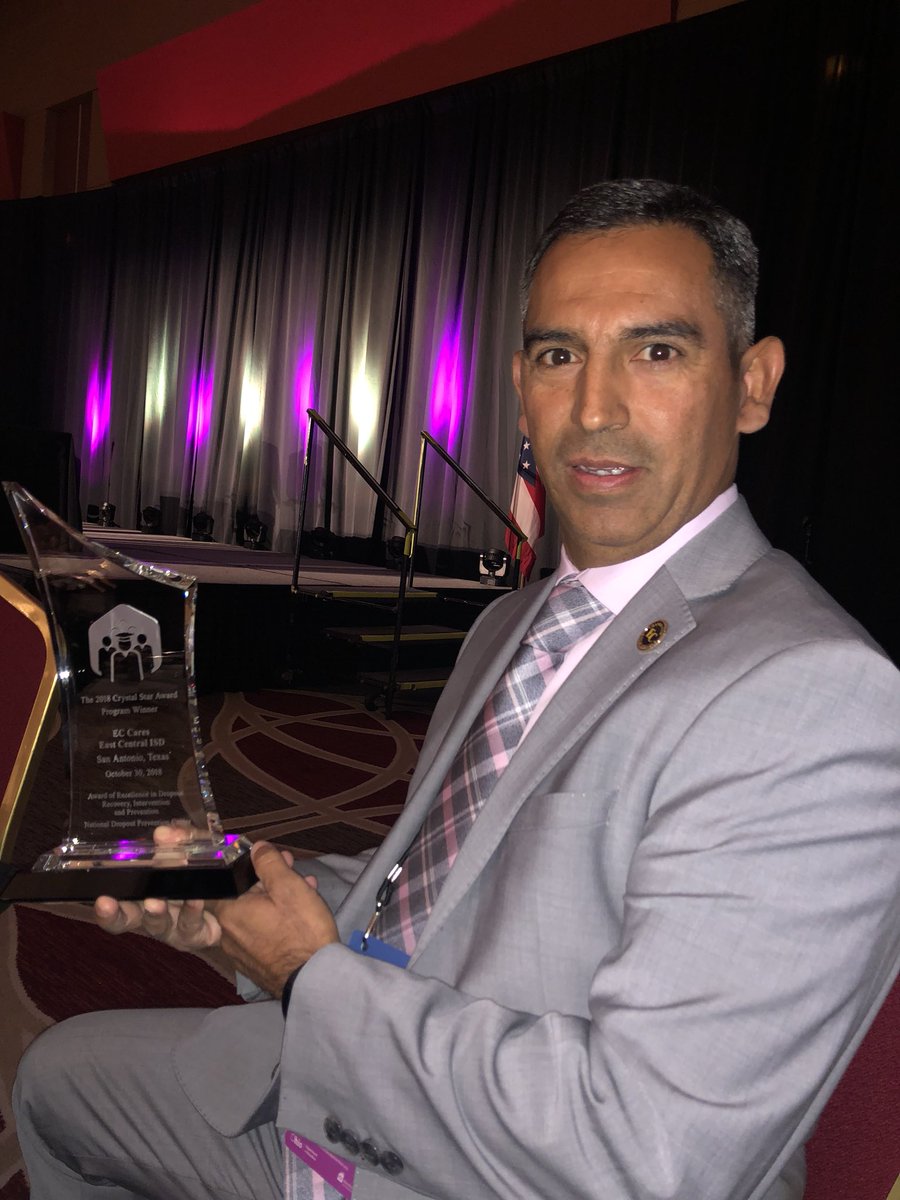
Over the past two years, Hernandez and the EC Cares committee have created a trauma-sensitive tracking system and have implemented numerous steps to become a trauma-sensitive district.
They already had a response protocol, aka chain of command, in place to alert necessary staff if a student was dealing with adversity at home; the entire EC Care committee and numerous other staff at ECISD had already been trained about the impact childhood adversity has on learning and behavior; and they were already working on being proactive rather than reactive inside the classroom while also connecting students and families to resources outside the classroom.
Watch a video about EC Cares.
Download an action pack to start a similar system in your school district.
Hernandez took the new pilot program to Superintendent Roland Toscano and was on board.
“We jumped on it immediately because the more tools we have for becoming aware in real time the better able we are to respond and ensure there is no setback for children in our school,” Toscano said.
Hernandez trained the EC Cares committee about the “Handle with Care” pilot and provided real-life examples.
For example, Hernandez got a call from an assistant principal because a kid was in trouble for cussing.
Then, Hernandez learned that the kid’s father was jailed the day before.
“If the dad wasn’t locked up, do you think the kid would be cussing?” Hernandez questioned. “It’s a teachable moment. Not just for the kid, but for school employees.”
As part of a restorative approach, Hernandez discussed the importance of putting behavior aside to talk to the student about what is going on. He dubbed it L2UB4R, listen to understand before responding.
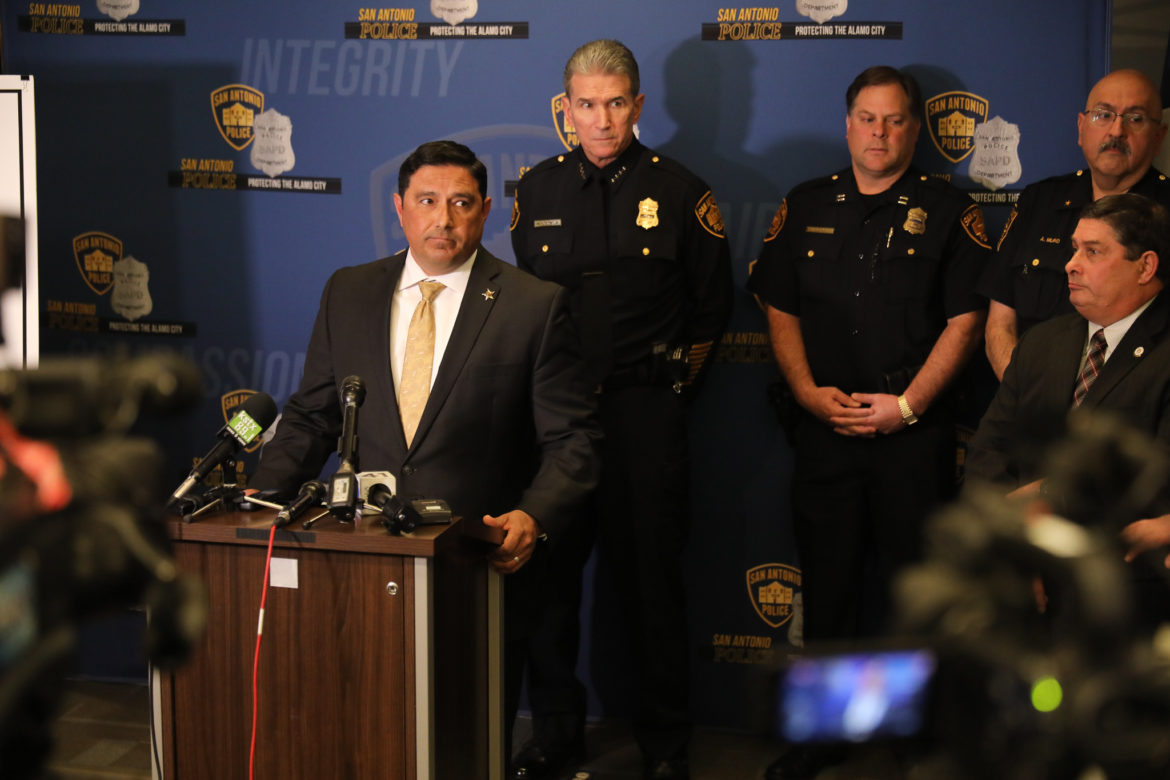
“Maybe the behavior is bad enough that they need to be suspended, but we need to put that aside and figure out what is going on and connect that child to the resources we have in the district like time, grace, a mentor, a counselor, a social worker, or whatever child needs to get through situation,” Toscano said.
“John’s efforts through EC Cares improved our capacity to be more responsive and more aware,” Toscano said. “Our work has been focused on building our instructors, so students are always being handled with care.”
Watch
Will the Pilot Program Work?
Over the five-month pilot program, each district will track the notifications they receive from SAPD, the number of referrals made to counselors, and the number of referrals for disciplinary issues and report to SAPD monthly.
SAPD will also track notifications sent.
Greene will make random follow-up calls to each district to see how the school responded and randomly review police reports for indication of the Handle with Care notification.
There is also continuous communication between each district and Greene as school staff and police officers get a better understanding of the types of traumatic events that warrant a notification.
During the summer, police and school officials will determine how effective the pilot program was and if or what modifications are needed the following school year.
SAPD already has numerous schools asking to participate in the “Handle with Care” program.
“It is our goal to improve communications with our local schools in an effort to help our city’s youth heal from traumatic experiences,” McManus said.
Some want to see this program expanded across all 12 school districts and multiple jurisdictions in Bexar County like in Jackson County, Michigan.
Many want to see it expanded across the entire state, like in West Virginia and Maryland.
What Can You Do?
Over 65 cities have started Handle With Care.
You can get Handle With Care started in your community, too!
Download the free Salud America! “Handle With Care Action Pack” to start a Handle With Care program, in which police notify schools when they encounter children at a traumatic scene, so schools can provide support right away.
The Action Pack, which contains materials and technical assistance to help school and police leaders everywhere plan their own Handle With Care program, was created by Dr. Amelie G. Ramirez, director of the Salud America! Latino health equity program at UT Health San Antonio, with help from the West Virginia Center for Children’s Justice, which started the Handle With Care program in 2013.
Read more about Handle With Care in San Antonio:
Texas Public Radio (September 2019): https://www.tpr.org/post/child-trauma-notification-system-expands-more-san-antonio-schools?utm_medium=Social&utm_source=Twitter#Echobox=1567531169
KSAT (August 2019): https://www.ksat.com/news/handle-with-care-police-notifying-schools-when-children-experience-trauma
City of San Antonio (Jan 2019): https://www.sanantonio.gov/sustainability/MediaCenter/NewsReleases/ArtMID/7461/ArticleID/14639/Law-Enforcement-and-School-Districts-to-Pilot-Handle-with-Care-Program
Express News (Jan. 2019): https://www.expressnews.com/news/education/article/San-Antonio-police-will-let-schools-know-about-13520909.php
Texas Public Radio (Jan. 2019): https://www.tpr.org/post/san-antonio-police-launches-pilot-help-schools-identify-children-exposed-trauma
Rivard Report (Jan. 2019): https://therivardreport.com/local-school-districts-partner-with-san-antonio-police-to-help-traumatized-students/
Salud America! (April 2020): https://salud-america.org/how-schools-continue-handle-with-care-for-kids-amid-closures-coronavirus/
By The Numbers
142
Percent
Expected rise in Latino cancer cases in coming years
This success story was produced by Salud America! with support from the Robert Wood Johnson Foundation.
The stories are intended for educational and informative purposes. References to specific policymakers, individuals, schools, policies, or companies have been included solely to advance these purposes and do not constitute an endorsement, sponsorship, or recommendation. Stories are based on and told by real community members and are the opinions and views of the individuals whose stories are told. Organization and activities described were not supported by Salud America! or the Robert Wood Johnson Foundation and do not necessarily represent the views of Salud America! or the Robert Wood Johnson Foundation.

